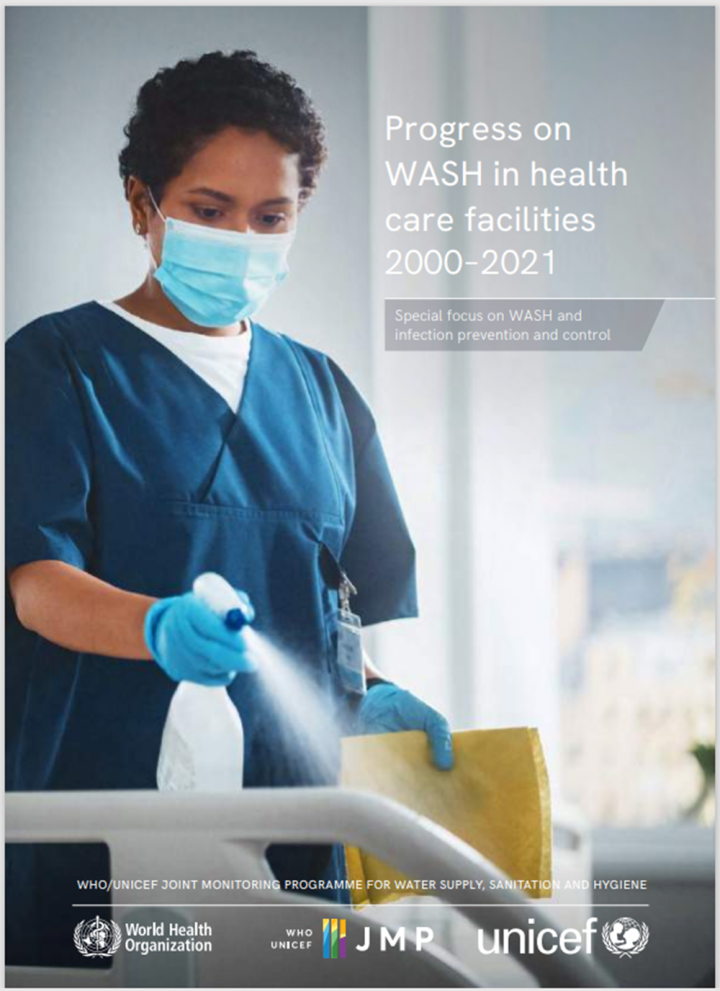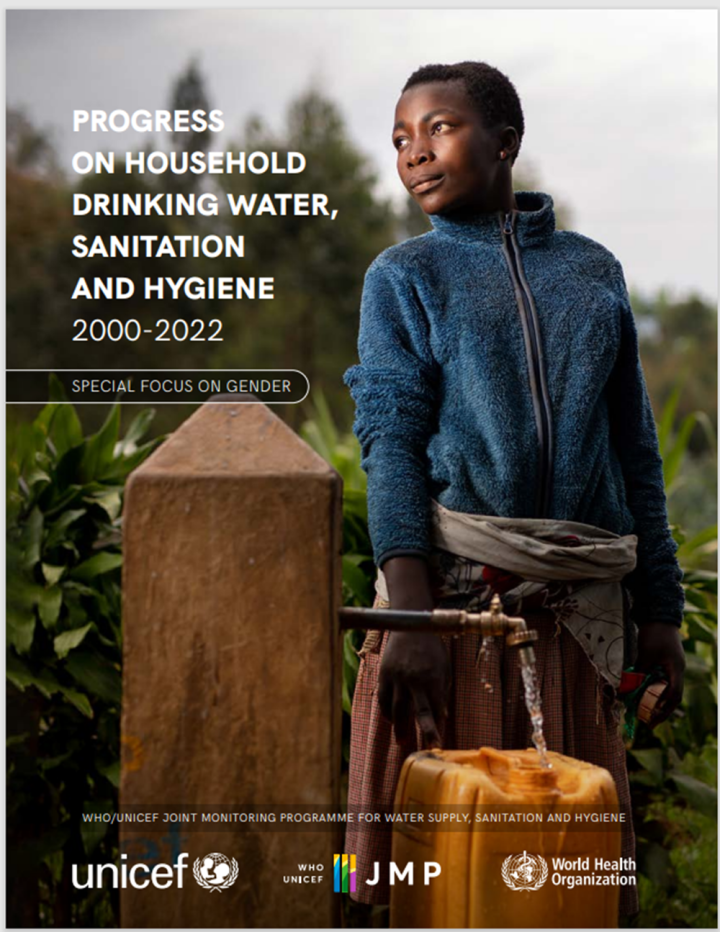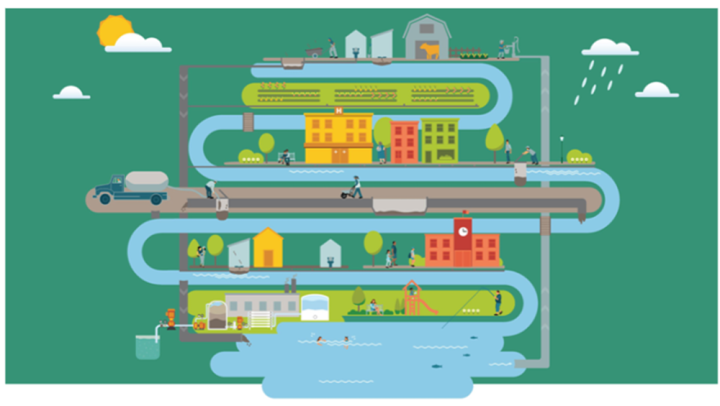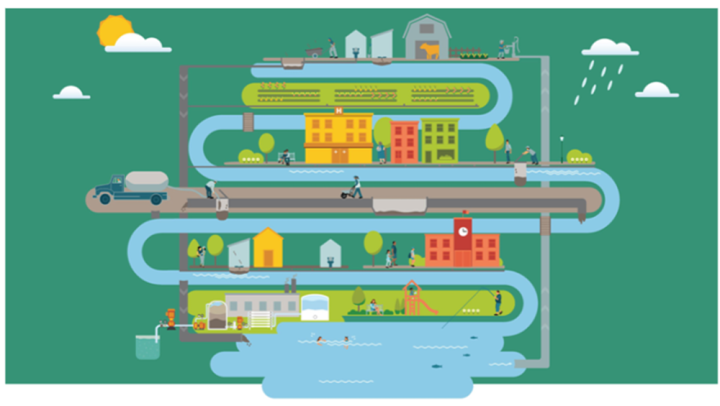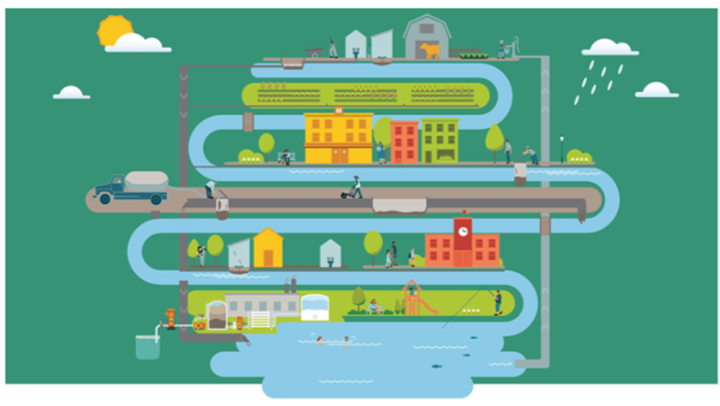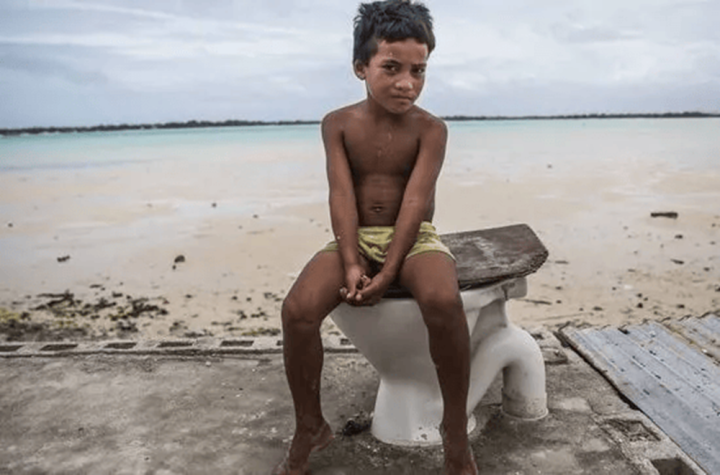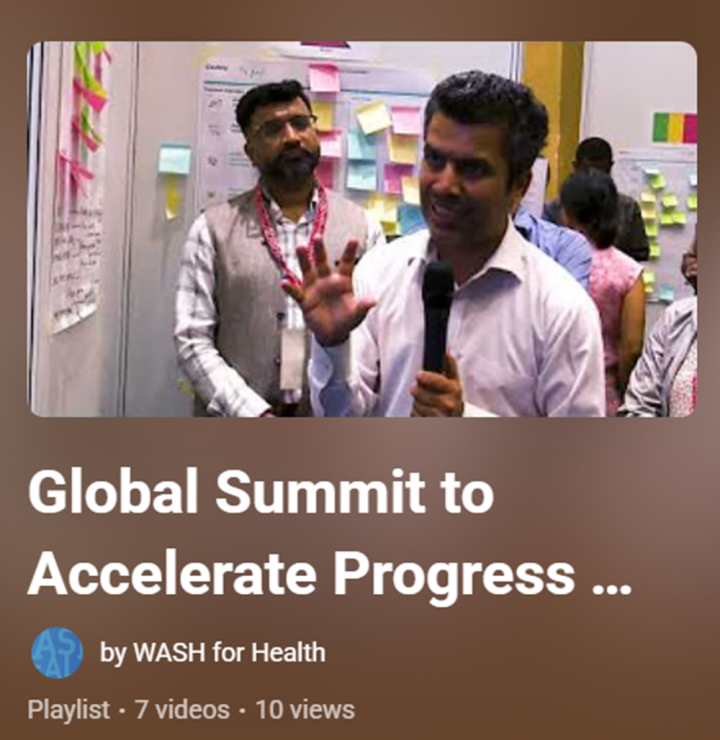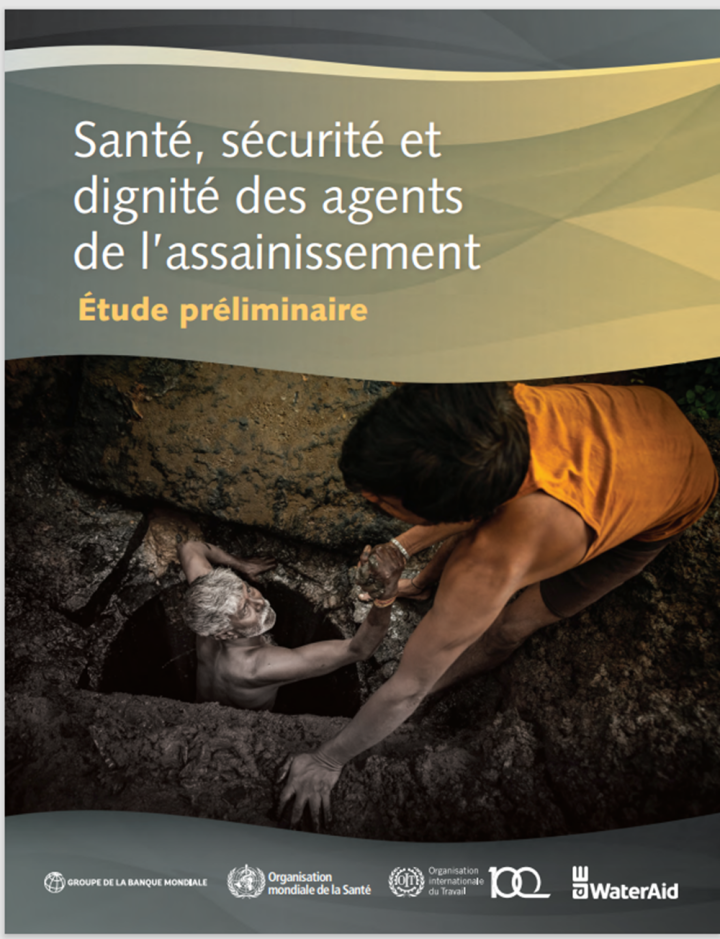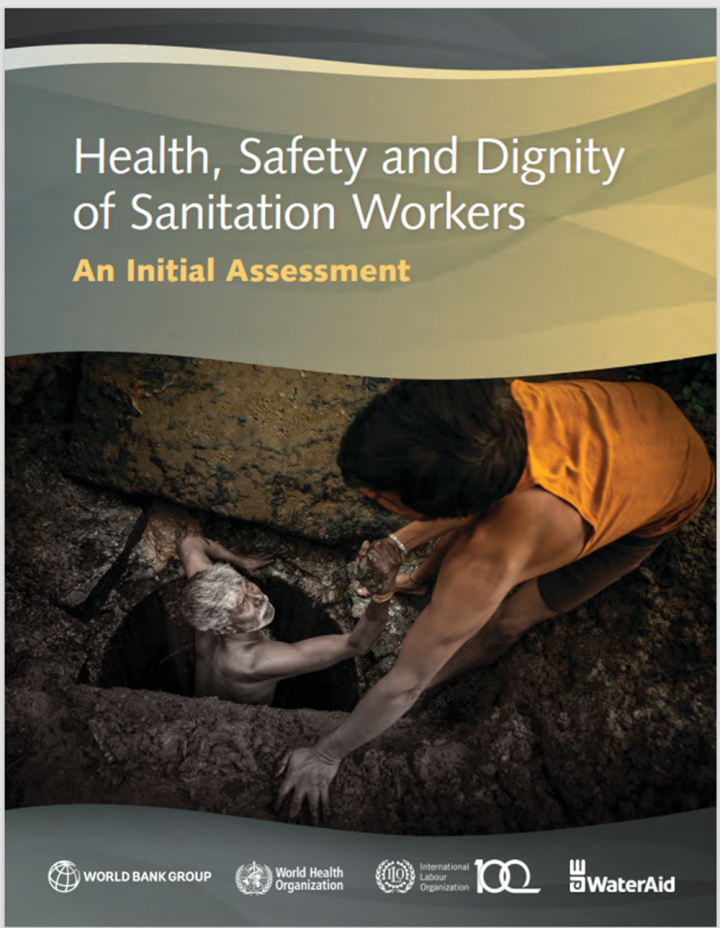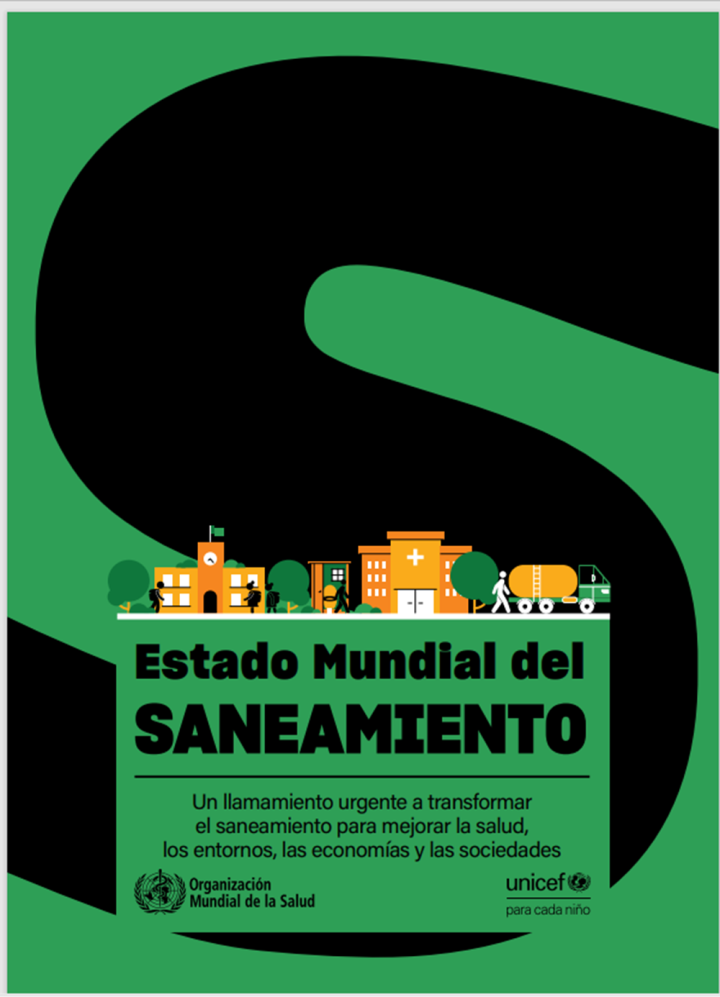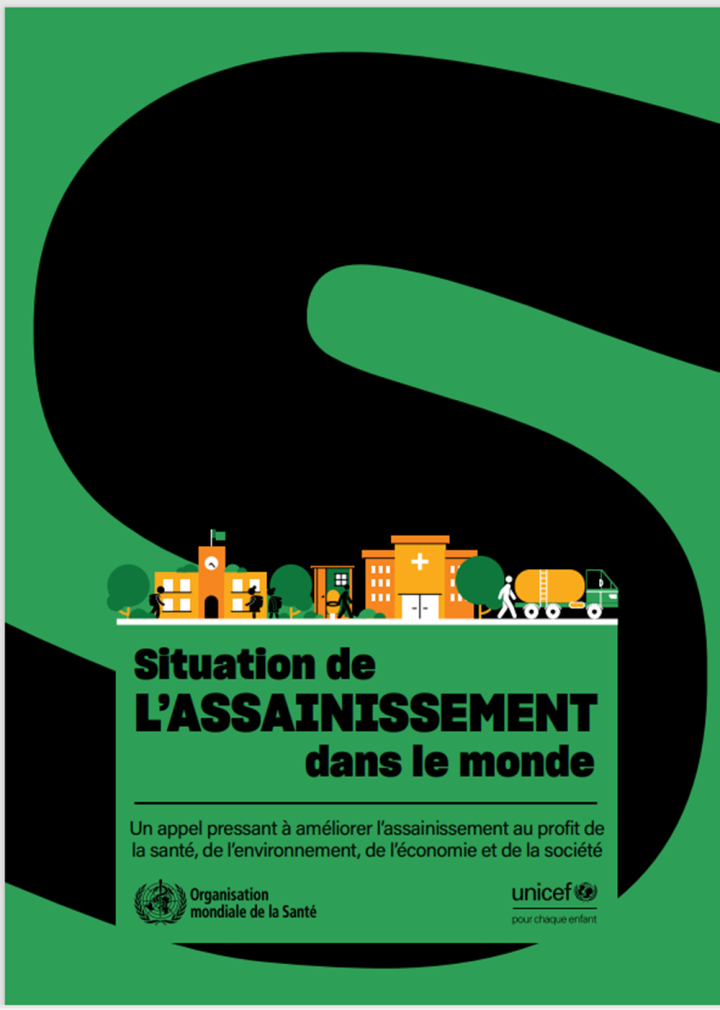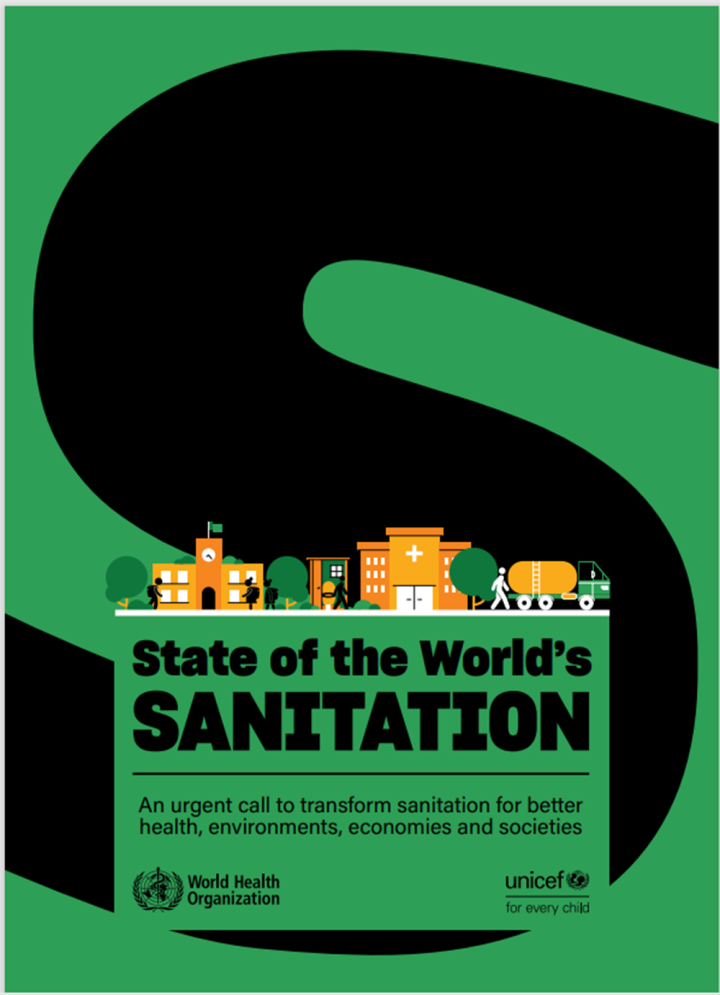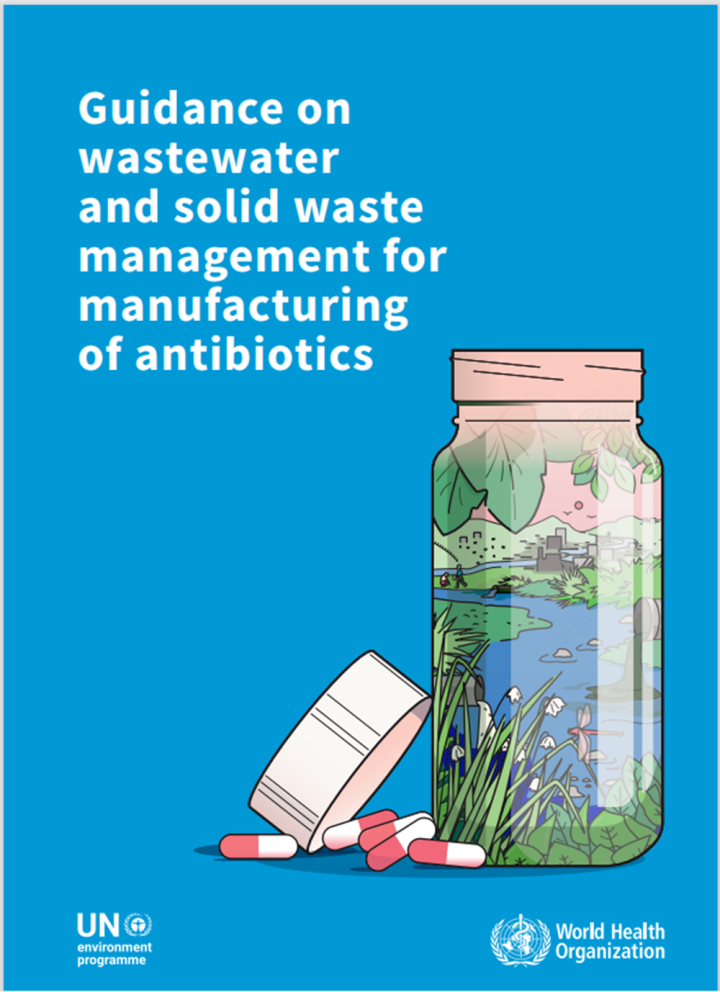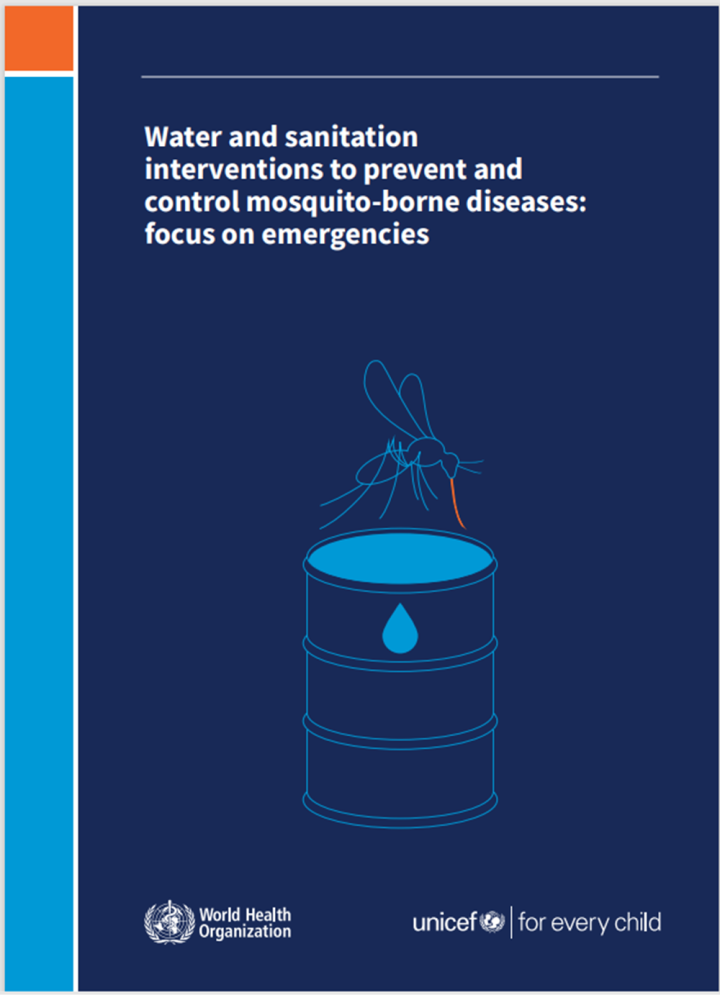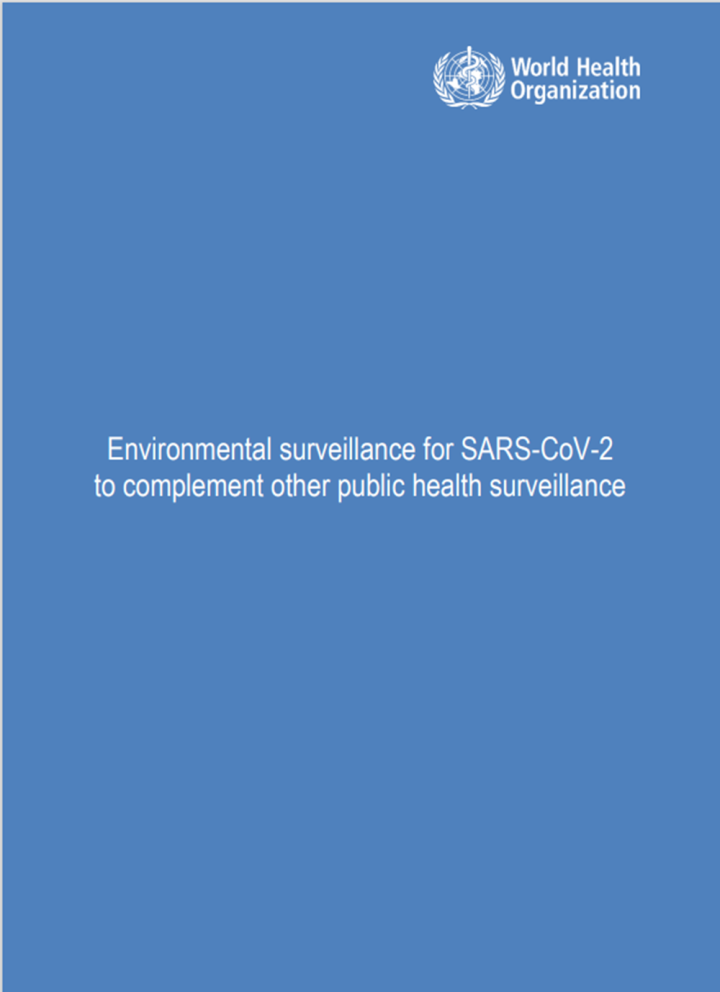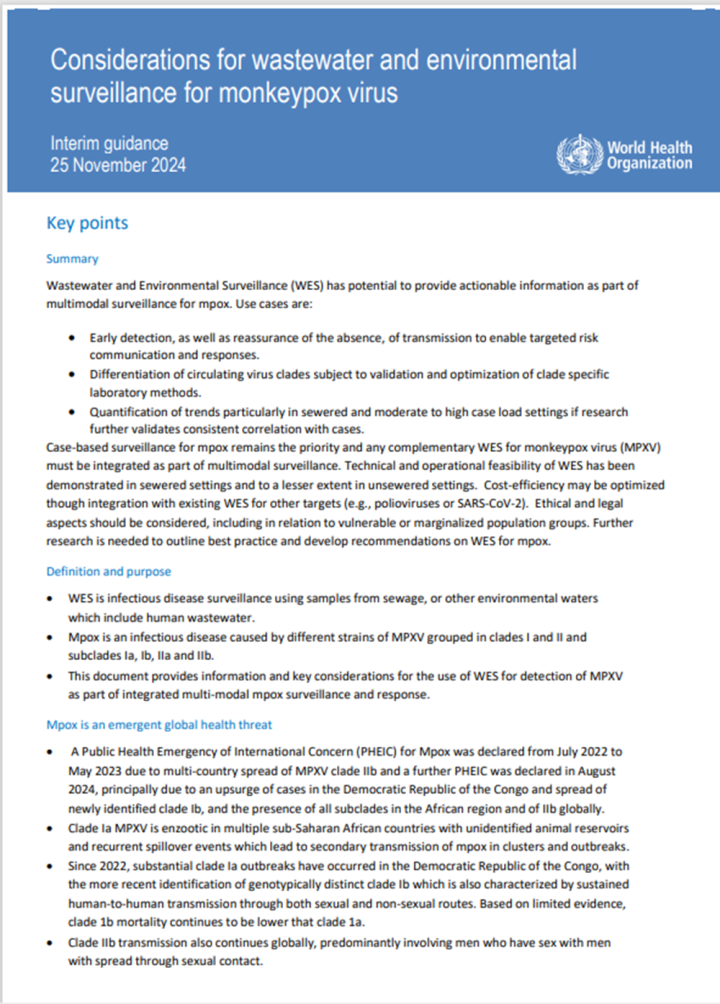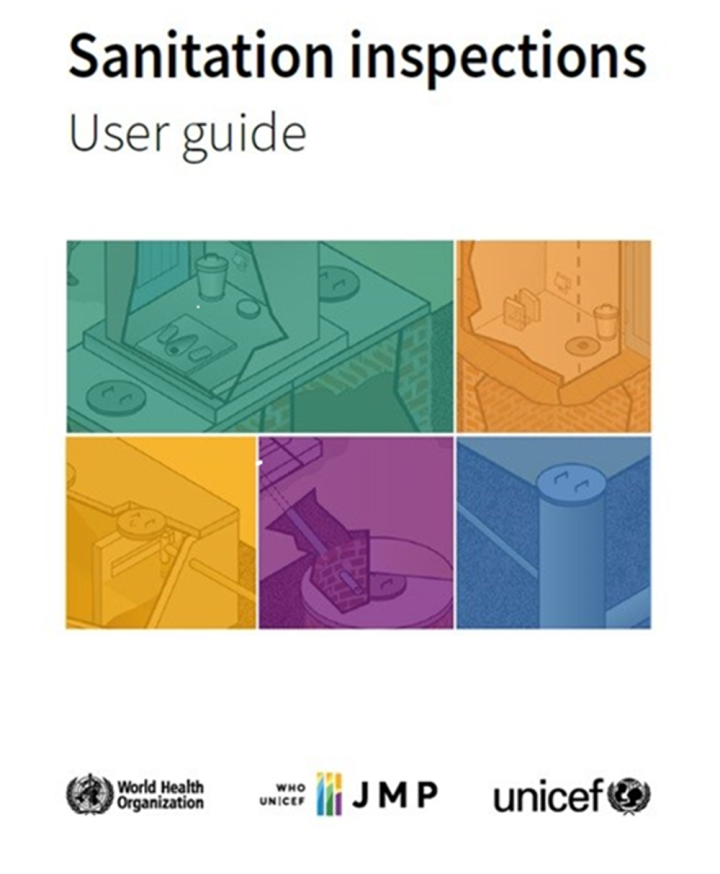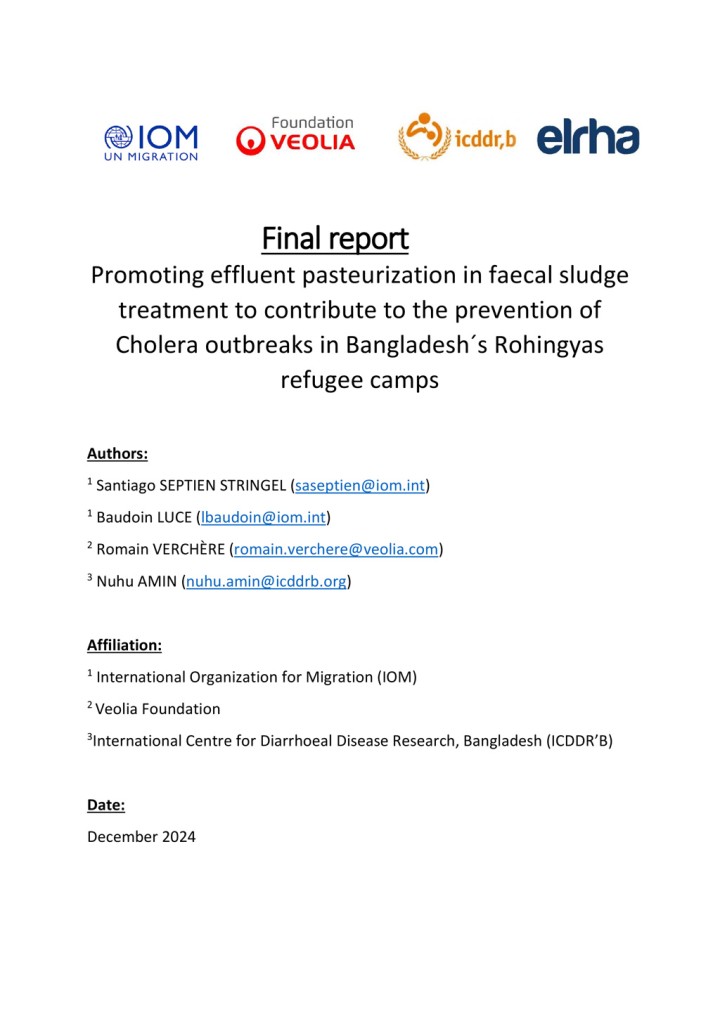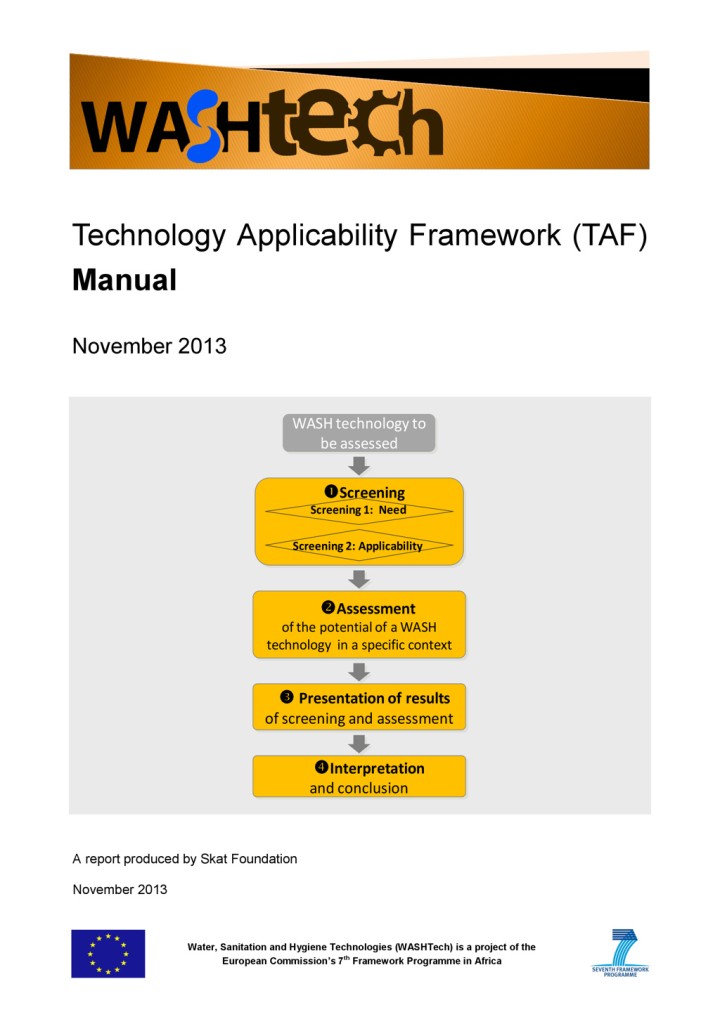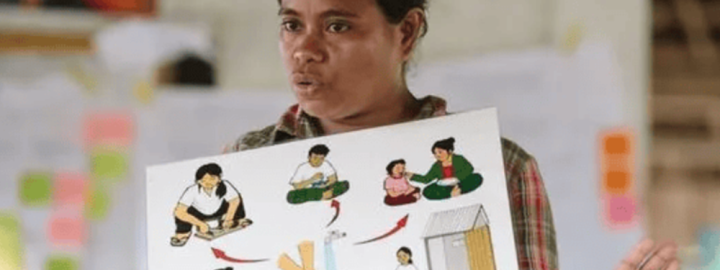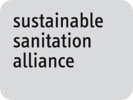WHO & UNICEF (2022) Progress on WASH in health care facilities 2000-2021: Special focus on WASH and infection prevention and control
The World Health Organization (WHO) and the United Nations Children’s Fund (UNICEF), through the WHO/ UNICEF Joint Monitoring Programme for Water Supply, Sanitation and Hygiene (JMP) release progress updates on WASH in households, WASH in schools and WASH in health care facilities every two years. This 2022 update presents national, regional and global estimates for WASH in health care facilities up to the year 2021, […]
WHO & UNICEF (2023) Progress on household drinking water, sanitation and hygiene 2000-2022: special focus on gender
"The 2030 Agenda for Sustainable Development called for ‘ensuring availability and sustainable management of water and sanitation for all’ under SDG6, and established ambitious new indicators for WASH services under targets 6.1 and 6.2. The SDG global target for sanitation and hygiene (6.2) includes an explicit reference to ‘paying special attention to the needs of women and girls’, but there remains a lack of commonly […]
Organización Mundial de la Salud (2022) Centro de aprendizaje de la planificación de la seguridad del saneamiento (PSS)
"La Planificación de la Seguridad del Saneamiento (PSS) es un enfoque paso a paso basado en los riesgos para la evaluación y la gestión de estos, a nivel local, para la cadena de servicios de saneamiento, incluidos los inodoros, la contención-almacenamiento/tratamiento, la transferencia, el tratamiento y el uso y/o disposición final. La PSS requiere capacidades de una serie de partes interesadas para iniciar, desarrollar, implementar, monitorear […]
Organisation mondiale de la Santé (2022) Centre d’apprentissage de la PGSSA
"La planification de la gestion de la sécurité sanitaire de l’assainissement, ou PGSSA, est une approche séquencée pour l’évaluation et la gestion des risques au niveau local tout au long de la chaîne des services d’assainissement – des toilettes au confinement (stockage/traitement), transport, traitement et utilisation finale ou élimination. La PGSSA requiert les compétences d’un certain nombre d’acteurs du secteur de l’assainissement pour initier, développer, mettre […]
World Health Organization (2022) Sanitation Safety Planning Learning Hub
"Sanitation Safety Planning, or SSP, for short, is a step-by-step risk-based approach for local level risk assessment and management for the sanitation service chain – including toilet, containment/storage and treatment, conveyance, treatment and end use or disposal. SSP requires capacities from a range of stakeholders to initiate, develop, implement, monitor and sustain the process to safely manage sanitation systems. In particular, the success of SSP depends […]
World Health Organization (2022) For a healthier world: safely managed sanitation
This course has four modules and is designed to help governments, development agencies, civil society partners, and others working with them, to achieve safely managed sanitation (SMS) for their populations. Through the four modules, we’ll look at the state of the world’s sanitation, the health rationale for safely managed sanitation, what can be done at the national level, and tools to help you work with […]
WHO, UNICEF and WaterAid (2024) Global Summit Videos
UNICEF and the World Health Organization (WHO) together with WaterAid and development partners, co-hosted a Global Summit to Accelerate Progress Towards Universal Access to Safely Managed Sanitation (SMS) from 25 to 27 June 2024 in Kathmandu, Nepal. In attendance were over 180 participants from 24 countries, drawn from national and sub-national governments, WHO and UNICEF regional and country offices, WaterAid country offices, the private sector, […]
World Bank Group, World Health Organization, International Labour Organization, Water Aid (2019) Santé, sécurité et dignité des agents de l’assainissement: Étude préliminaire
"Les travailleurs de l'assainissement fournissent un service inestimable que beaucoup d'entre nous ne remarquent que confrontés à des toilettes verrouillées, bloquées ou sales ; des fosses septiques débordantes ; ou des plages contaminées par les eaux usées. Ces travailleurs sont essentiels au bon fonctionnement des systèmes d'assainissement qui sous-tendent la vie quotidienne, et il en faut beaucoup plus pour atteindre l'agenda ambitieux de l'Objectif de […]
World Bank Group, World Health Organization, International Labour Organization, Water Aid (2019) Health, safety and dignity of sanitation workers
"Sanitation workers provide an invaluable service that many of us notice only when confronted with locked, blocked, or filthy toilets; overflowing septic tanks; or beaches contaminated with sewage. These workers are vital to the proper functioning of the sanitation systems that underpin daily life, and many more ae needed to achieve the ambitious agenda of Sustainable Development Goal (SDG) 6. Yet sanitation workers are often invisible […]
WHO and UNICEF (2021) Estado Mundial del Saneamiento
Por primera vez, la OMS y UNICEF reúnen los datos sobre cobertura e inversión en saneamiento, y cómo impacta la salud, las economías y el medio ambiente. Citando evidencia sobre lo que funciona de países exitosos y directrices globales, la OMS y UNICEF piden un fuerte liderazgo gubernamental y la inversión en servicios de saneamiento resilientes. El informe traza un ambicioso camino a seguir […]
WHO and UNICEF (2021) Situation de l'assainissement dans le monde
Pour la première fois, l'OMS et l'UNICEF rassemblent les données sur la couverture et les investissements en matière d'assainissement, et leur impact sur la santé, les économies et l'environnement. Citant des preuves de ce qui fonctionne dans les pays qui réussissent et des directives mondiales, l'OMS et l'UNICEF appellent à un leadership fort du gouvernement et à des investissements dans des services d'assainissement résilients. Le […]
WHO and UNICEF (2021) State of the world's sanitation: An urgent call to transform sanitation for better health, environments, economies and societies
For the first time WHO and UNICEF bring together the data on sanitation coverage and investment, and how it impacts health, economies, and the environment. Citing evidence on what works from successful countries and global guidelines, WHO and UNICEF call for strong government leadership and investment in resilient sanitation services. The report charts an ambitious way forward following the SDG6 global acceleration framework themes of […]
World Health Organization (2024) Guidance on wastewater and solid waste management for manufacturing of antibiotics
"Control of pollution from antibiotic manufacturing is a key part of safeguarding the longevity of antibiotics for all. Pollution contributes to antibiotic resistance and potentially undermines the effectiveness of medicines. High levels of antibiotics in water bodies downstream of manufacturing sites have been widely documented. Currently, antibiotic pollution from manufacturing is largely unregulated and quality assurance criteria typically do not address environmental emissions. This guidance has […]
WHO and UNICEF (2024) Water and sanitation interventions to prevent and control mosquito borne disease: focus on emergencies
Climate change, conflict and human displacement are all growing in scale, increasing the spread of mosquito-borne diseases. A number of effective water, sanitation and waste management measures exist and can be implemented to prevent mosquito-borne diseases. This WHO/UNICEF technical note provides practical information for implementing such measures with a focus on emergency contexts.
World Health Organization (2023) Environmental surveillance for SARS-CoV-2 to complement other public health surveillance
"This guidance supersedes the first April 2022 version. It is targeted at public health officials who want to understand and integrate complementary environmental surveillance (ES) into COVID-19 control strategies. Routine diagnostic surveillance for COVID-19 has been augmented with ES in wastewater in many locations. ES provides additional evidence on virus in circulation at population level including presence or absence, early warning of increasing or decreasing trends, […]
World Health Organization (2024) Considerations for wastewater and environmental surveillance for monkeypox virus: Interim guidance
"Wastewater and environmental surveillance (WES) has potential to provide actionable information as part of multimodal surveillance for mpox. Use cases are; early detection, as well as reassurance of the absence, of transmission to enable targeted risk communication and responses, differentiation of circulating virus clades subject to validation and optimization of clade specific laboratory methods, and quantification of trends particularly in sewered and moderate to high […]
World Health Organization (2024) Sanitation inspections: user guide
Sanitation inspections are short, standardized checklists to assess risks at or near sanitation facilities and to recommend actions to protect public health. This document provides tools and examples for applying sanitation inspections in various contexts, including regulatory reporting, household surveys to monitor sanitation progress, and local evaluations of systems sustainability—particularly following community-led total sanitation initiatives - to identify risks in toilet facilities built during these […]
Santiago Septien Stringel, Baudoin Luce, Romain Verchère, Nuhu Amin (2024) Promoting Effluent Pasteurization in Faecal Sludge Treatment to Contribute to the Prevention of Cholera Outbreaks in Bangladesh´s Rohingyas Refugee Camps
This paper presents a solar-powered pasteurisation system designed to improve sanitation and reduce disease in refugee camps. Focusing on the Rohingya camp in Bangladesh, the study explores the system's ability to treat wastewater, deactivate pathogens, and operate sustainably. Field results, technical challenges, and potential for broader application in other humanitarian settings are discussed, highlighting solar energy's promise for safe, scalable sanitation solutions.
André Olschewski (2013) Technology Applicability Framework (TAF) Manual
The Technology Applicability Framework (TAF) is a decision support tool on the applicability, scalability and sustainability of a specific WASH technology to provide lasting services in a specific context and on the readiness for its introduction. The TAF can be used to - start discussion, documentation and sharing experiences about a WASH technology and approaches to scale up this technology - assess the potential […]
World Health Organization (2023) Water, sanitation and hygiene for the prevention and care of neglected tropical diseases
Neglected tropical diseases (NTDs) can cause significant disabilities and even death. These diseases affect more than 1.6 billion people worldwide, primarily among the most vulnerable communities. Access to safe water, sanitation, and hygiene (WASH) services plays a critical role in the prevention, management, and care of NTDs.
